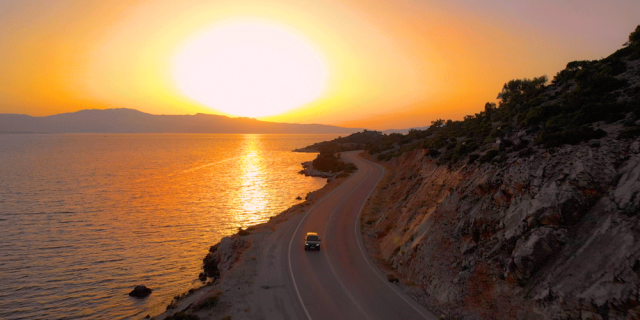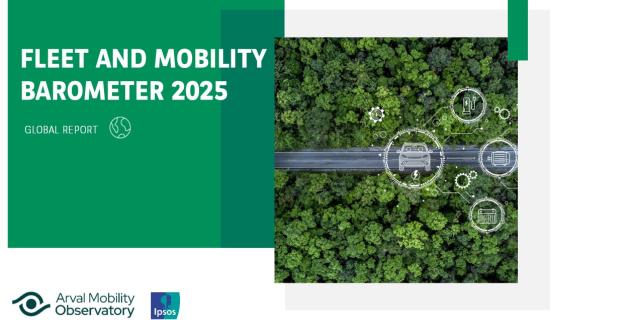COP26: Conference of the Parties, Glasgow 2021
Paris, the 7th of December 2021
With the last major COP taking place in Paris in 2015, the annual UN Climate Change Conference took place in Glasgow. The summit was attended by those countries that signed the United Nations Framework Convention on Climate Change (UNFCCC) – a treaty that came into force in 1994.
For many COP26 was the first major test of the 2015 Paris Agreement. The United Nations Climate Change advises us that the “Paris Agreement is a legally binding international treaty on climate change. It was adopted by 196 Parties at COP 21 in Paris, on 12 December 2015 and entered into force on 4 November 2016. Its goal is to limit global warming to well below 2oC, preferably to 1.5oC, compared to pre-industrial levels. To achieve this long-term temperature goal, countries aim to reach global peaking of greenhouse gas emissions as soon as possible to achieve a climate neutral world by mid-century”.
The Paris Agreement was a landmark in the multilateral climate change process because, for the first time, a binding agreement brings all nations into a common cause to undertake ambitious efforts to combat climate change and adapt to its effects.
So why was COP26 an important test of the Paris Agreement? The Paris Agreement works on a 5- year cycle with countries to submit their plans for climate action known as nationally determined contributions (NDCs) by 2020.
So onto Glasgow where the four main goals of COP26 were set out as:
- Secure global net-zero by mid-century and keep 1.5oC degrees within reach
- Adapt to protect communities and natural habitats
- Mobilise finance
- Work together to deliver.
Organised by the United Kingdom and Italy and under the Presidency of Alok Sharma the organisers said they want countries to be even more ambitious than they were in the Paris Climate Treaty.
So knowing that not one action will determine the success of achieving these objectives let us look at a number of areas that were discussed and negotiated in Glasgow against the objectives.
Global Net Zero
The Glasgow Declaration on Zero-Emission Cars and Vans
The declaration called on signatories to accelerate the global transition from internal combustion engine vehicles that burn fossil fuels to zero emission cars and vans such as electric cars and hydrogen fuel cell vehicles.
The agreement commits signatories to end the sale of new Internal Combustion engine vehicles in leading markets by 2035, and globally by 2040.
Why is this important? Cars, trucks, ships, buses and planes account for about a quarter of all global carbon emissions.
What about outside of transport?
Coal Production
Coal is responsible for 40% of annual CO2 emissions and at COP26, for the first time, countries agreed to reduce the use of coal. However, the commitment is that coal needs to be phased down and not phased out, as initially drafted until a last minute modification.
Environmental groups were quick to point out that key details of the agreement were vague such as when exactly countries will finish using this fuel type. The statement notes that the major economies commit to the phasing out of coal ‘in the 2030s or as soon as possible thereafter,’ while for the rest of the world the phase out would be in the 2040s.
On a positive note, more than 40 countries pledged to phase out coal a deal which encouraged the president Alok Sharma to assert, “The end of coal is in sight.” The new pact now includes 23 countries who have committed to no longer build and issue permits for new coal plants and to shift away from using coal as a fuel. Among these are Poland, Indonesia, South Korea, Vietnam and Ukraine who are among the world’s top power-generating countries.
However, notable countries not signing the agreement were China and India, who combined consume c. two-thirds of the world’s coal; along with Australia, the world’s 11th-biggest user of coal and a major exporter. These countries were joined by the United States, which still generates about one-fifth of its electricity from coal, in not signing up to the commitment. The United States did however promise to halt overseas funding of oil, gas and coal.
Oil and Gas
Led by Costa Rica and Denmark a coalition of countries committed to the ending of oil and gas production. The Beyond Oil and Gas Alliance (BOGA) now includes France, Greenland, Ireland, Sweden, Wales, and the Canadian province Quebec. California and New Zealand joined as associate members with a commitment to take significant concrete steps to contribute to the reduction of oil and gas production.
Adapt to protect communities and natural habitats
Adaptation was a primary point of discussion during COP26. Many people and countries have their lives impacted by extreme weather that bring devastation to their day-to-day existence. Moreover, the impact caused by these weather events is increased due to climate change.
The message given to the conference was that the climate is already changing and will continue to change even as emissions are reduced and that this change will have a devastating effect. In addition, that countries need to work together to enable and encourage countries affected by climate change to:
- protect and restore ecosystems
- build defences, warning systems and resilient infrastructure and agriculture to avoid loss of homes, livelihoods and even lives
The pathway required to COP27 to build a climate resilient future for all was set out, including:
- Support for the vulnerable who are often at the greatest risk from climate change, when they have done the least to cause it.
- A united effort by the international community to support those impacted by climate change
- Plans and finance to be put in place to develop early warning systems, flood defences, and build resilient infrastructure and agriculture.
- Protect and restore habitats to enable ecosystems to support sustainable farming and support billions of lives worldwide.
The conference established a programme to define the objectives on adaptation, which will identify collective needs and solutions to the climate crisis already affecting many countries.
Mobilise finance
The message to the conference was clear that to achieve climate goals, every company, every financial firm, every bank, insurer and investor will need to change. Countries need to manage the increasing impacts of climate change on their citizens’ lives and they need the funding to do it.
To deliver change will require:
- Public finance for the development of infrastructure needed to transition to a greener and more climate-resilient economy.
- Private finance to fund technology and innovation, to help turn billions of public money into trillions of total climate investment.
The OECD estimated that $79.6 bn. of climate finance was mobilised in 2019 a significant amount below the previous commitment of $100 bn. Conference was made clear that the developed countries needed to make good on their previous commitment and that developing countries in particular need support.
There was an announcement by the Glasgow Financial Alliance for Net Zero at the start of the Finance Day when it advised that over 450 companies from 45 countries had been mobilised and had made a clear commitment to assist in transforming economies towards new zero emissions.
As an example of working together a new partnership including France, Germany, the UK, the United States and the European Union announced it would provide an initial $8.5 billion in grants, concessional loans and investments to help South Africa move away from coal within its energy sector. A result of this partnership is projected to be a reduction in emissions of up to 1-1.5 gigaton over the next 20 years.
Work together to deliver
As you will have read above there are numerous examples of countries, states, provinces, cities, financial institutions, companies etc. committing to work together for a common good. However, maybe the best measurement of this objective will be when we are able to compare commitments to actions. We are sure this will become clearer at COP27 in Sharm El Sheikh, Egypt in 2022.
So was COP26 a success? Well after 2 weeks of negotiations, even extending conference for an additional day, countries signed up to an agreement to help in the fight against climate change. Whilst they have not been able to agree a clear path to limiting warming to 1.5oC a consensus has been reached on a number of important areas such as deforestation and financial support. Countries have been encouraged to strengthen their emissions reductions and to align their national climate action pledges with the Paris Agreement.
So, they did talk, they will continue to talk and while they are talking then there is hope that they find a solution that everyone can make a solid commitment to.











